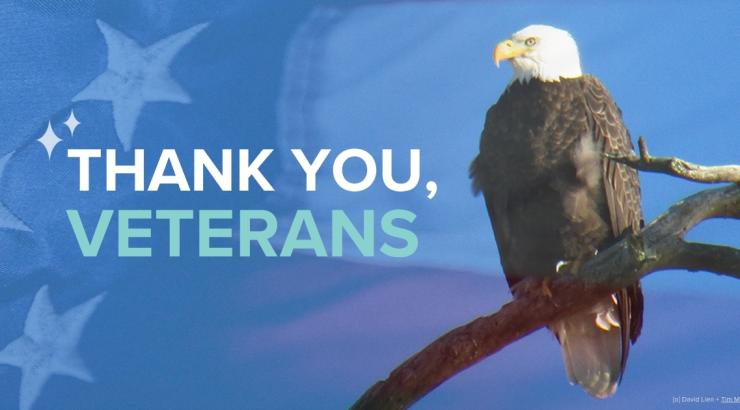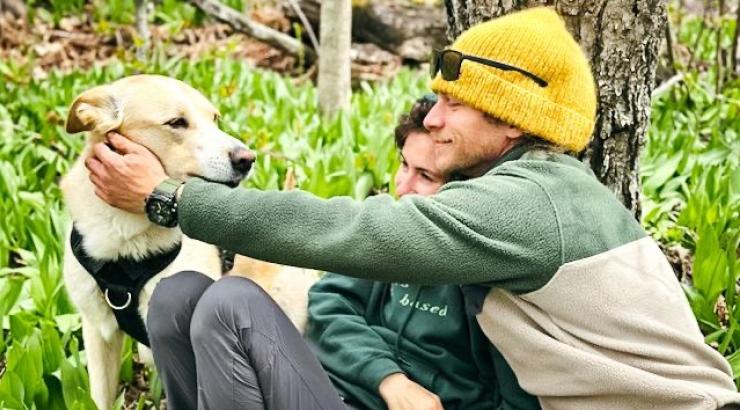In May, the Hudson Bay Girls, a four-person crew, embarked on a 1,380-mile canoe expedition that began in northern Minnesota at Grand Portage. From there, their journey followed the border of the Boundary Waters Canoe Area Wilderness, passed through Voyageurs National Park, and ultimately ended at Hudson Bay in Canada. In sharing their adventure, they underscored the importance of securing lasting protection for the BWCA and the clean water of downstream communities. Their route followed the same path that pollution from Twin Metals would flow if it were to fail. Paddling through these threatened areas served as a powerful reminder that the legacy we leave will shape the experiences of generations to come. Crew member Helena Karlstrom shares her perspective on the experience.
What are my favorite summer memories? Before May 26 of this year, creating colorful works of art with sidewalk chalk, inventing intricate games to play with my neighbors, and simply sitting in a clear, cool creek as a kid would have been my answers. But today, following the three most influential months of my life, my favorite summer memories are also my most recent ones.
This past summer, three other young women and I paddled 1,380 miles over the course of 80 days. We started in the BWCA, tracing the border route with our canoes, following the watersheds from east to west. As a whole, our journey began at Grand Portage, MN, and ended at York Factory, MB. The vibrant natural beauty we witnessed could only be described as remarkable. We saw its highest peaks and deepest waters. We had the privilege of meeting complex, resilient people in the most remote parts of the region. We, the Hudson Bay Girls, grew and learned and endured—immersed in a world untouched but by nature itself.
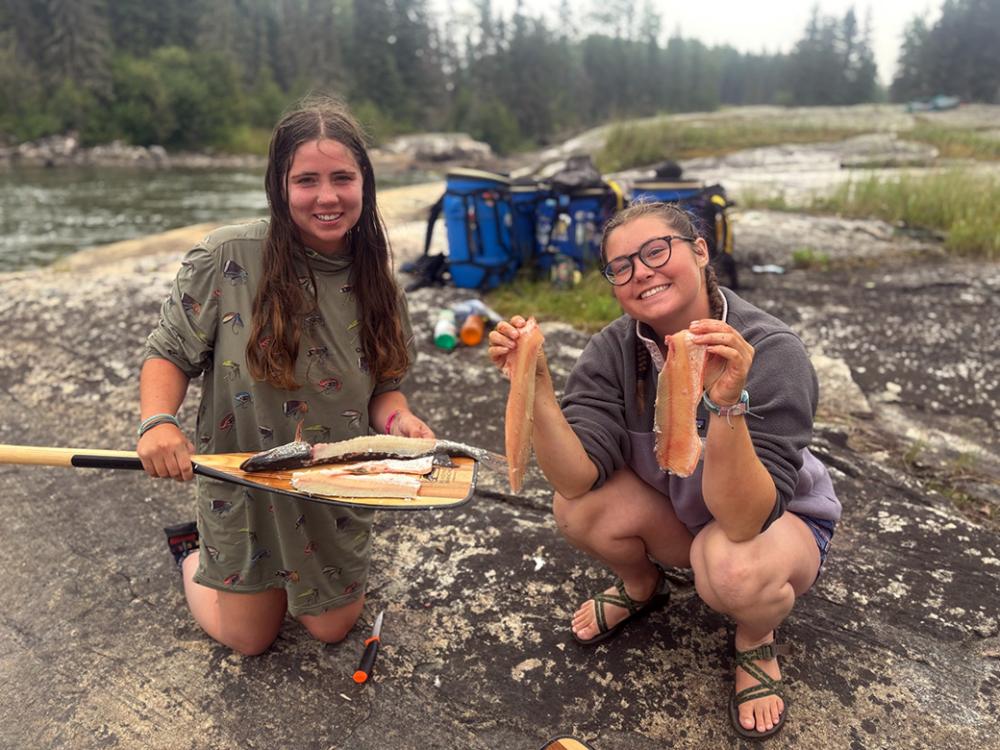
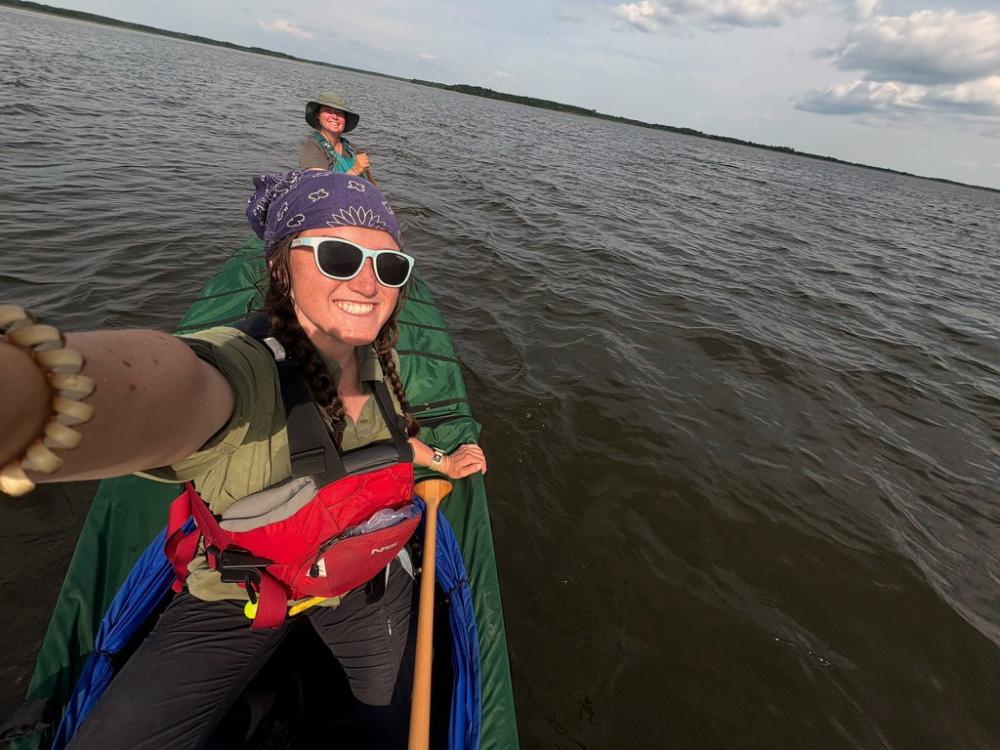
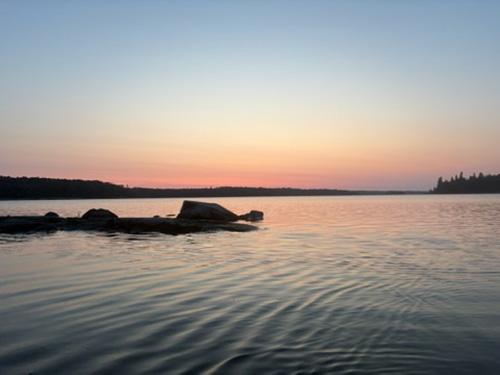
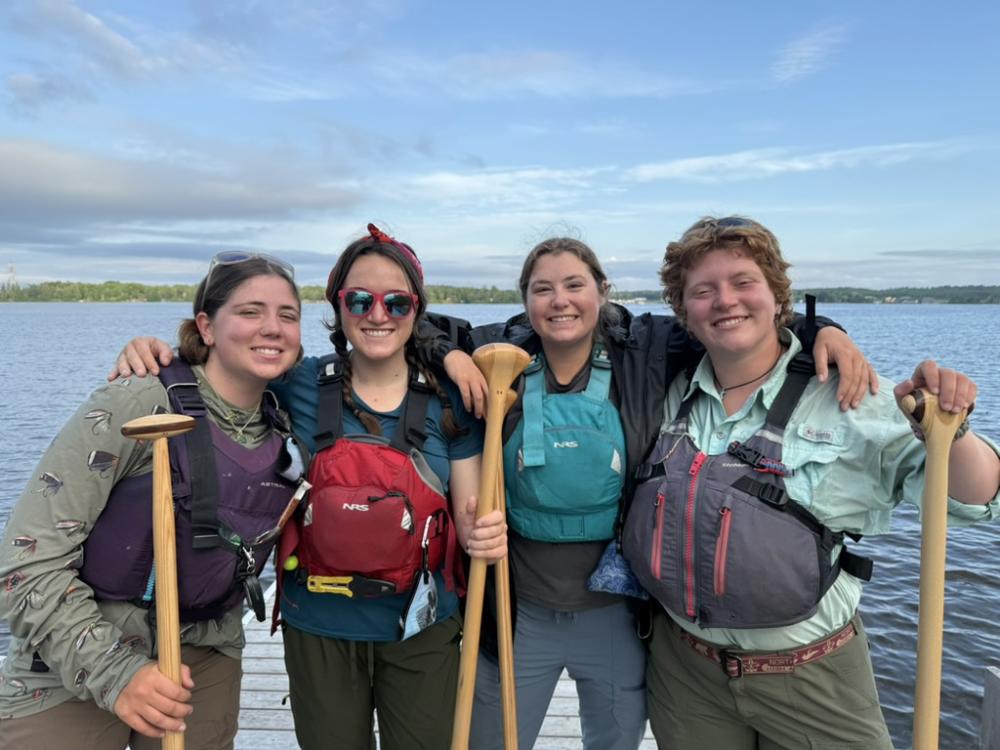
We paddled through a future we must stand up for.
The Boundary Waters are visited by around 150,000 people annually, yet the region is revered as one of the most well-preserved wilderness areas in the country. During our expedition, it was extremely important for us to honor the BWCA because of the undeniable impact it has had on us as women and as leaders in the outdoors. The expedition was a realization of our individual perseverance and our collective femininity.
Each hardship we faced proved to only push us further into our appreciation for the land, for each other, and for the profound experience gifted to us by the region. It was for this reason that we partnered with Save the Boundary Waters and other conservation organizations to advocate for the region, raise money to protect it, and inspire others to discover it for themselves.
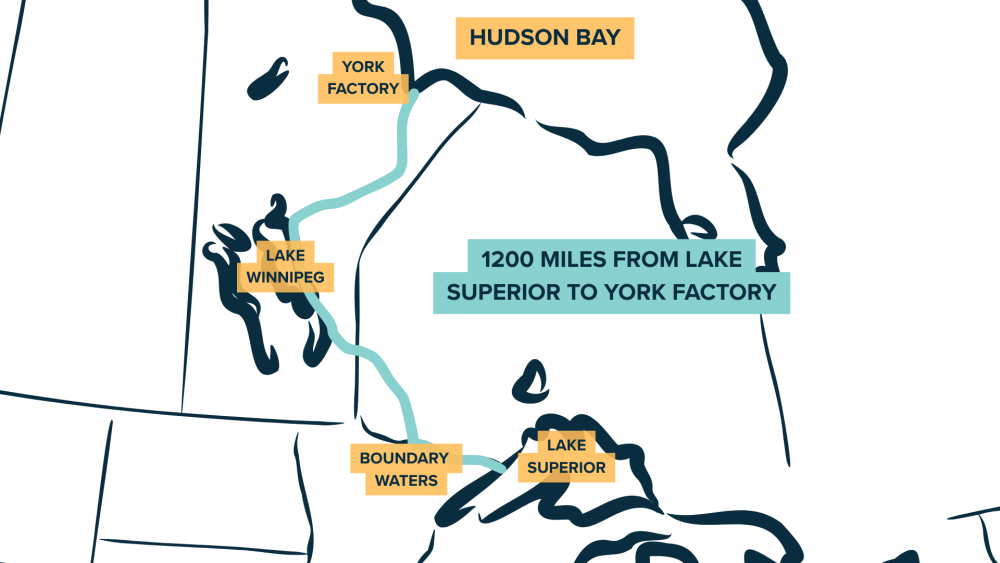
Together, we can make a difference. The Boundary Waters include 1,100 pristine boreal lakes in the world, some of the cleanest water left on the planet.
If a copper-nickel mine is developed, pollution would spread beyond the mine site. Because the Boundary Waters is a vast network of interconnected lakes and rivers, toxic waste would not stay contained. It would travel downstream through the Rainy River–Headwaters Watershed, affecting Voyageurs National Park, Quetico Provincial Park, and eventually flowing into Hudson Bay.
Save the Boundary Waters has played a vital, foundational role in shaping our journey through their efforts to preserve the wilderness experience of the BWCA as we know it.
For the Wilderness,
Helena Karlsrom


